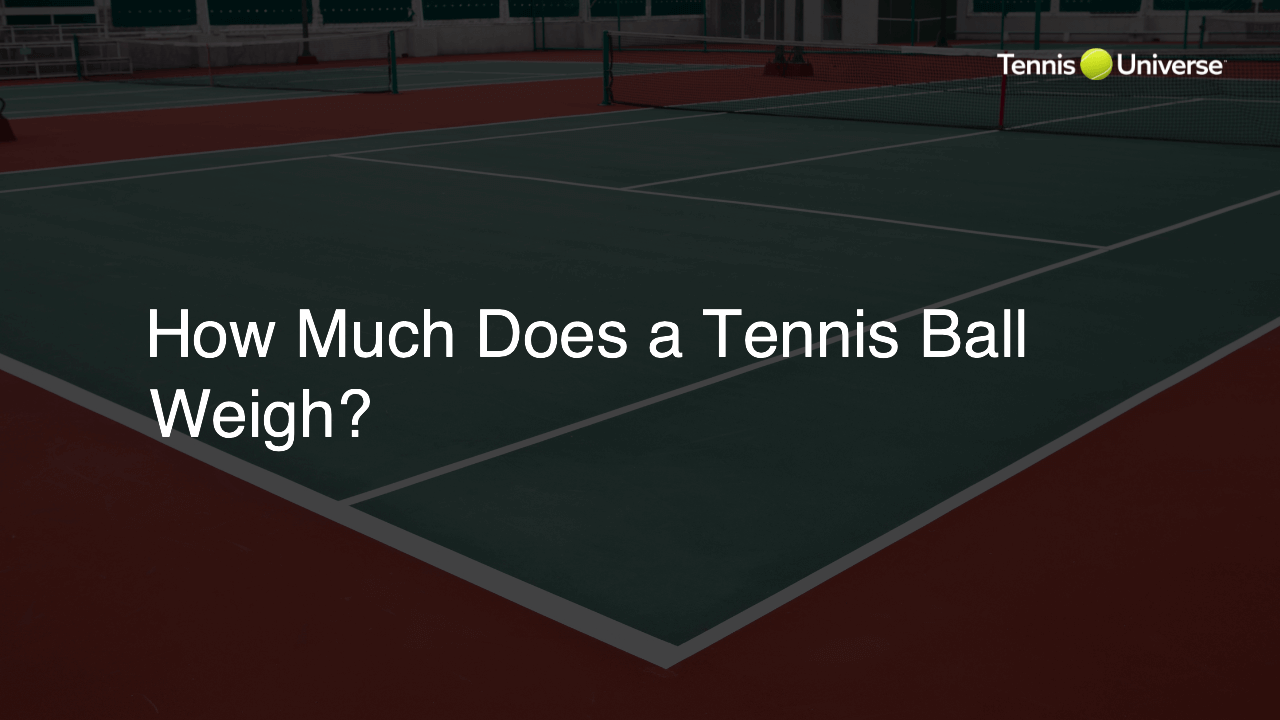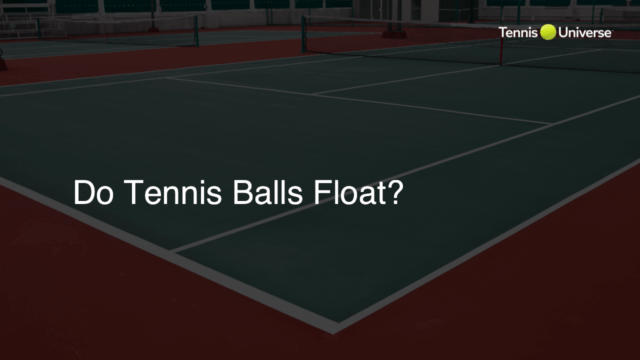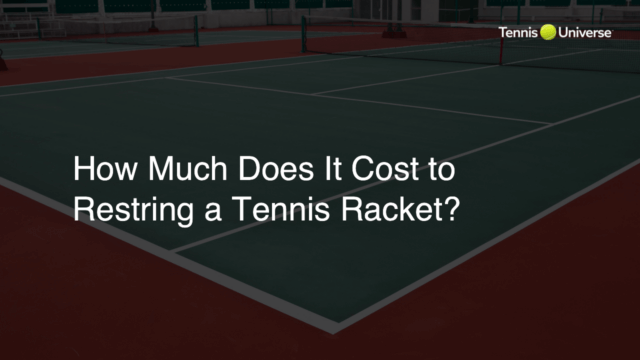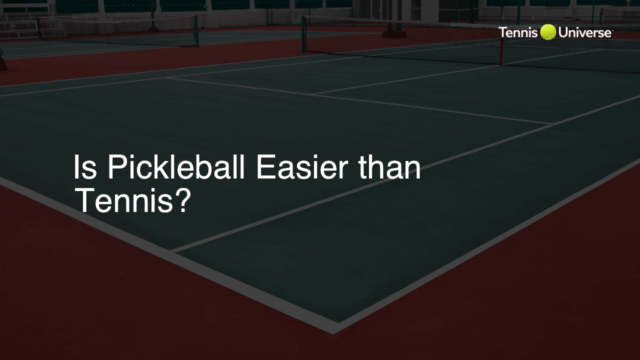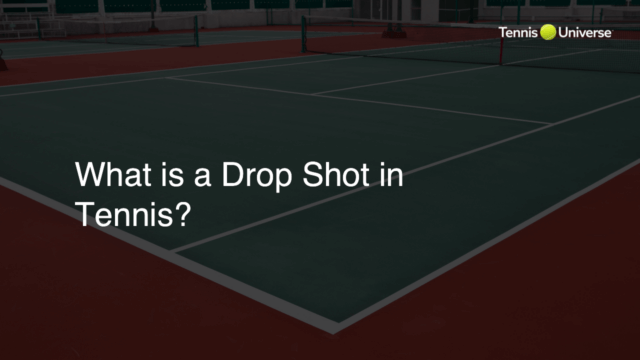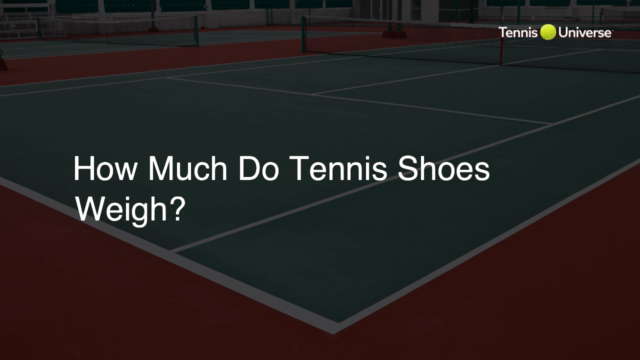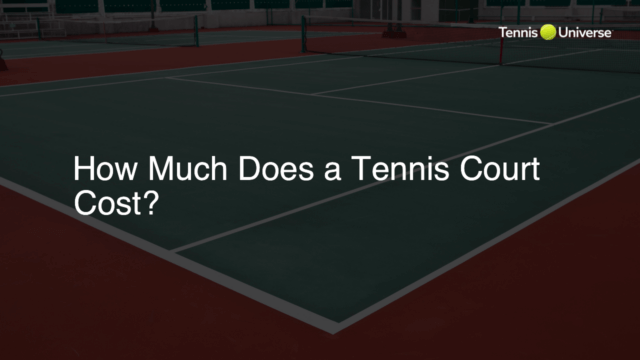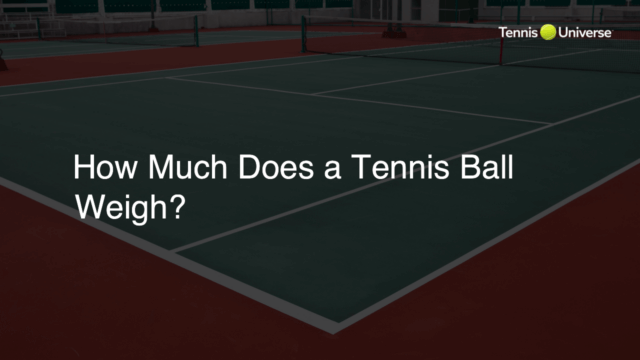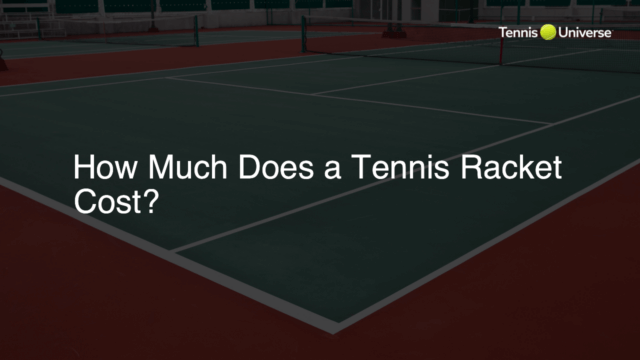A tennis ball weighs approximately 56 to 59.4 grams (1.98 to 2.10 ounces).
Weight of Tennis Balls
Standard tennis balls weigh between 56 and 59.4 grams (1.98 to 2.10 ounces), as set by the International Tennis Federation (ITF). The weight is important for consistency, performance, and safety in the game.
Factors Affecting Tennis Ball Weight
Ball Composition
Tennis balls consist of a rubber core covered with a felt fabric. The materials used and their thickness can influence the ball’s final weight.
Air Pressure
Pressure-filled tennis balls have air inside the rubber core, which impacts their weight. Changes in air pressure, due to variations in altitude or storage conditions, can lead to negligible variations in ball weight.
Impact of Ball Weight on Game Performance
The weight of a tennis ball directly affects how it performs during a match. Heavier balls tend to travel at a slower pace and produce a lower bounce, while lighter balls offer quicker speed and a higher trajectory. Tennis players and coaches should consider the relationship between ball weight and the tennis racket, as finding the right combination can optimize performance, reduce the risk of injury, and elevate the overall tennis experience.
Understanding Ball Categories
There are different categories of tennis balls, designed to cater to different playing levels and environments. Understanding these categories can help players choose the appropriate ball for their needs.
Stage 3, 2, and 1 Tennis Balls
These tennis balls are designed for beginners and younger players. They are less pressurized than regular balls and have varying degrees of bounce. They are color-coded as follows:
- Stage 3 (Red) – Suitable for young children and slower-paced games.
- Stage 2 (Orange) – Designed for intermediate young players, focusing on skill development.
- Stage 1 (Green) – For older children and transitioning to standard tennis balls.
Regular Duty, Extra Duty, and High Altitude Tennis Balls
These tennis balls cater to different court surfaces and altitudes:
- Regular Duty – Suitable for indoor and clay courts, with a finer felt cover.
- Extra Duty – Ideal for hard courts, offering added durability with a thicker felt cover.
- High Altitude – Designed for playing at high altitudes, with lower internal pressure to maintain optimal performance.
Tennis Tips: Choosing the Right Tennis Ball Weight
Familiarize yourself with the feeling of different tennis ball weights by practicing with various types of balls and observing their performance during play. Consider the following factors when selecting a ball:
Your Playing Level
Beginners and younger players might benefit from using lighter, less pressurized balls to develop skills and ease into the game, while intermediate and advanced players generally prefer standard-weight balls for competitive play.
Court Surface and Environment
Choose the appropriate ball based on the court surface and environment, as certain types of balls are specifically designed to perform well on indoor, clay, or hard courts, or at high altitudes.
Tennis Racket Compatibility
Find a balance between the tennis ball weight and your tennis racket to optimize performance and reduce the risk of injury. Test different combinations to determine the ideal match for your playing style and preferences.
FAQ Section
Below are some common questions related to tennis ball weight and their brief, informative answers for quick reference.
Why do tennis balls have specific weight requirements?
Standard tennis ball weight requirements ensure consistency and fair competition in the game, along with influencing performance and safety.
Does the choice of tennis ball matter for beginners?
Yes, beginners should choose lighter, less pressurized balls, such as Stage 3, 2, or 1 tennis balls, to develop their skills and ease into the game.
How do different surfaces affect the tennis ball weight requirement?
Different surfaces don’t influence the weight requirement, but rather the type of ball (Regular Duty, Extra Duty, or High Altitude) you should choose based on the court surface and playing conditions.
Can I use any tennis ball on all surfaces and playing conditions?
While you may use any tennis ball on different surfaces, it’s recommended to choose the right type of ball for the specific surface and conditions to enhance performance and extend the ball’s lifespan.
How do I know if my tennis ball and racket combination works well together?
Experiment with various combinations of tennis balls and rackets to find the ideal match. Consider factors like playing level, court surface, and environment, and pay attention to how the combination feels during play.

